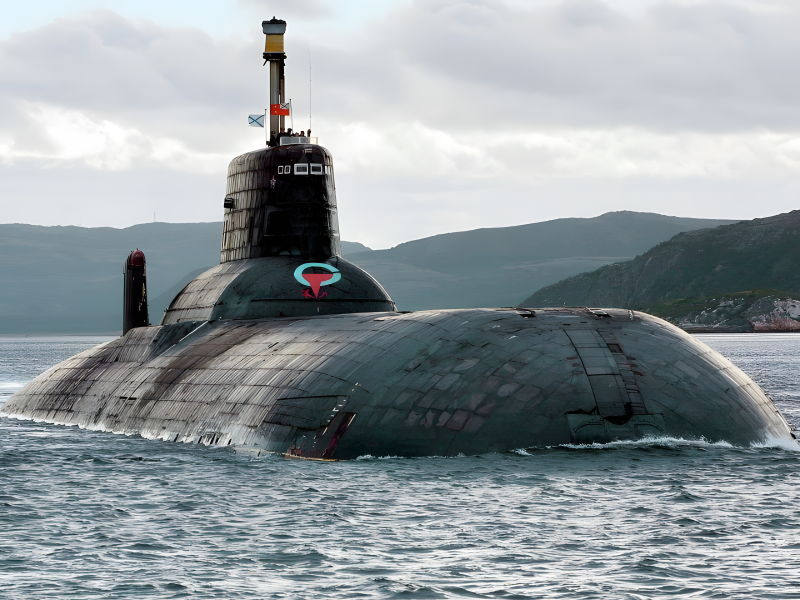Top 10 Largest Ships in the World
Advertisement
7 Submarine 941 “Shark,” Russia, 172 meters in length

Advertisement
The Submarine 941 "Shark," also known by its NATO reporting name "Typhoon," represents the pinnacle of Soviet submarine technology and remains the largest submarine ever built. Measuring an impressive 172 meters in length, this behemoth of the depths was designed to be a crucial component of the Soviet Union's nuclear deterrent strategy during the Cold War. The Typhoon class, of which the "Shark" was a part, was developed in response to the United States' Ohio-class ballistic missile submarines, aiming to match and surpass American capabilities in underwater warfare.
The most striking feature of the Typhoon-class submarines was their immense size, with a submerged displacement of around 48,000 tons. This enormous volume allowed for unprecedented comfort for the crew, including amenities such as a sauna, a small gym, and even a small swimming pool – luxuries unheard of in earlier submarine designs. The increased space also accommodated a crew of 160, allowing for longer underwater deployments and enhanced operational capabilities.
At the heart of the Typhoon's mission was its armament. Each submarine could carry up to 20 R-39 (NATO: SS-N-20) ballistic missiles, each armed with multiple nuclear warheads. This devastating payload made a single Typhoon-class submarine capable of unleashing more destructive power than all the bombs dropped in World War II combined. The submarine's design incorporated numerous innovative features to enhance its stealth and survivability, including a double hull structure and the ability to break through Arctic ice, allowing it to launch missiles from beneath the polar ice cap.
The development and construction of the Typhoon class pushed the boundaries of submarine engineering. Its unique design included five inner hulls housed within its outer hull, providing exceptional protection against enemy attacks. The submarine's propulsion system, consisting of two nuclear reactors, allowed for silent operation and virtually unlimited range, making it a formidable weapon in the Soviet arsenal.
Despite their impressive capabilities, the operational history of the Typhoon class was relatively short-lived. The collapse of the Soviet Union and subsequent economic challenges in Russia led to most of the class being decommissioned. The high operational costs and the changing nature of global strategic balance in the post-Cold War era made these massive submarines less relevant. However, their legacy lives on in popular culture, with the Typhoon class famously featured in Tom Clancy's novel "The Hunt for Red October" and its film adaptation.
Today, only one Typhoon-class submarine remains in service with the Russian Navy, serving primarily as a test platform for new submarine-launched ballistic missiles. The "Shark" and its sister ships stand as a testament to the engineering prowess and strategic thinking of the Soviet era, representing both the pinnacle of Cold War submarine technology and the excesses of the arms race. Their story continues to fascinate military historians, submarine enthusiasts, and the general public, serving as a powerful reminder of a time when underwater giants roamed the depths of the world's oceans, carrying the fate of nations in their missile silos.
Advertisement
You May Like

